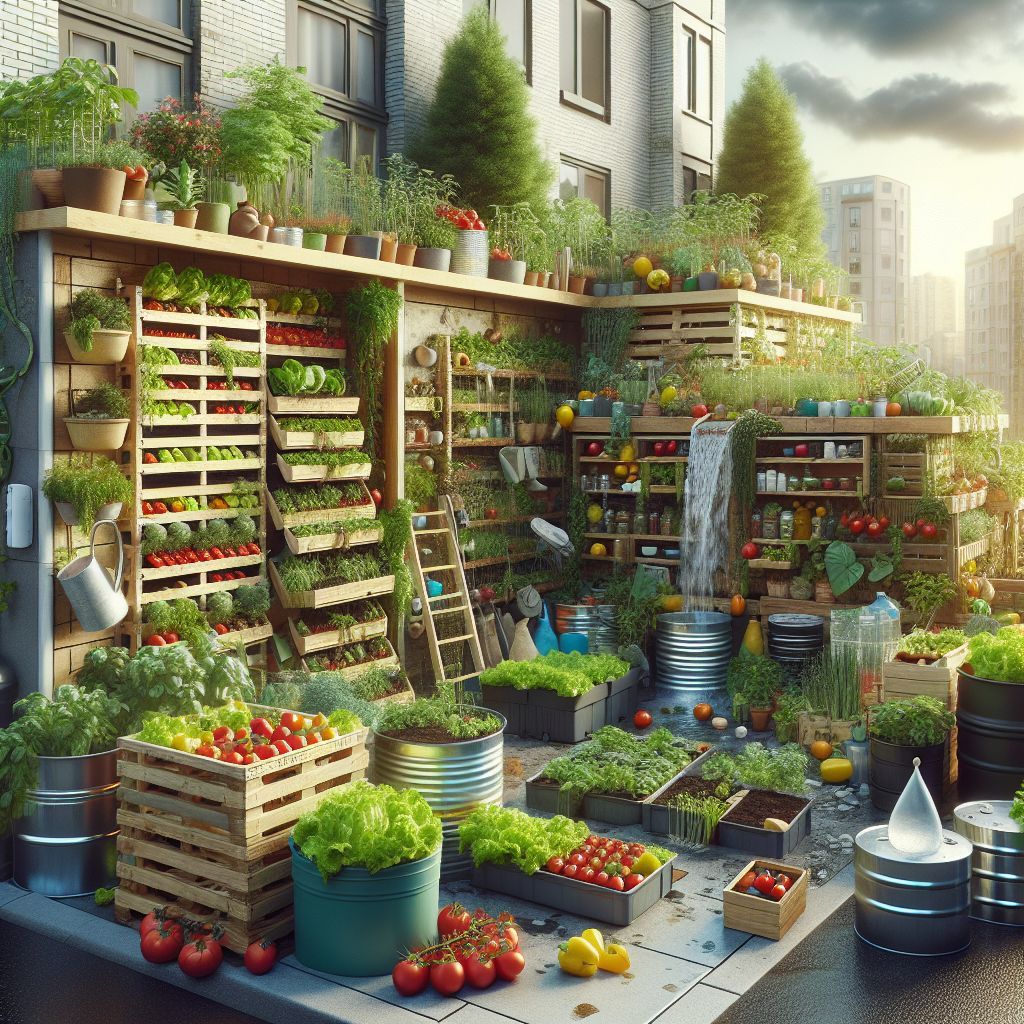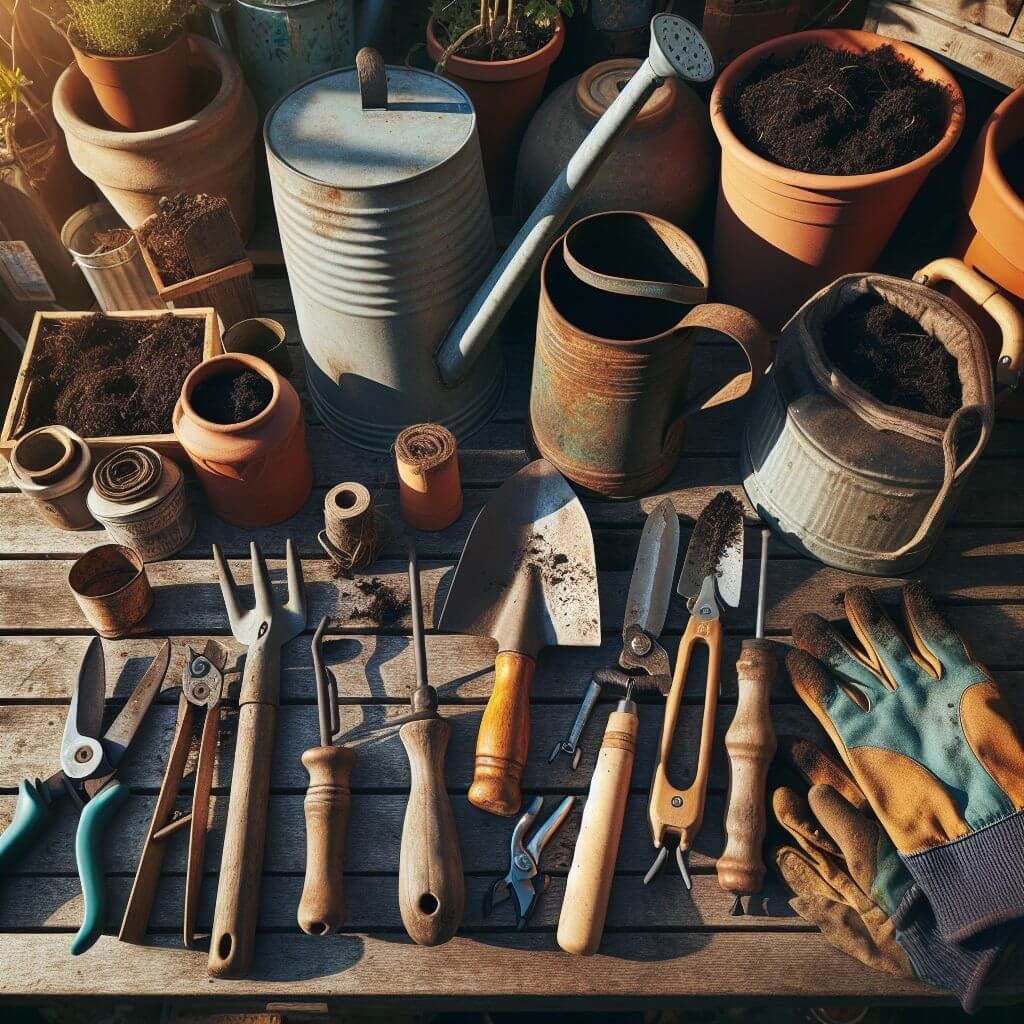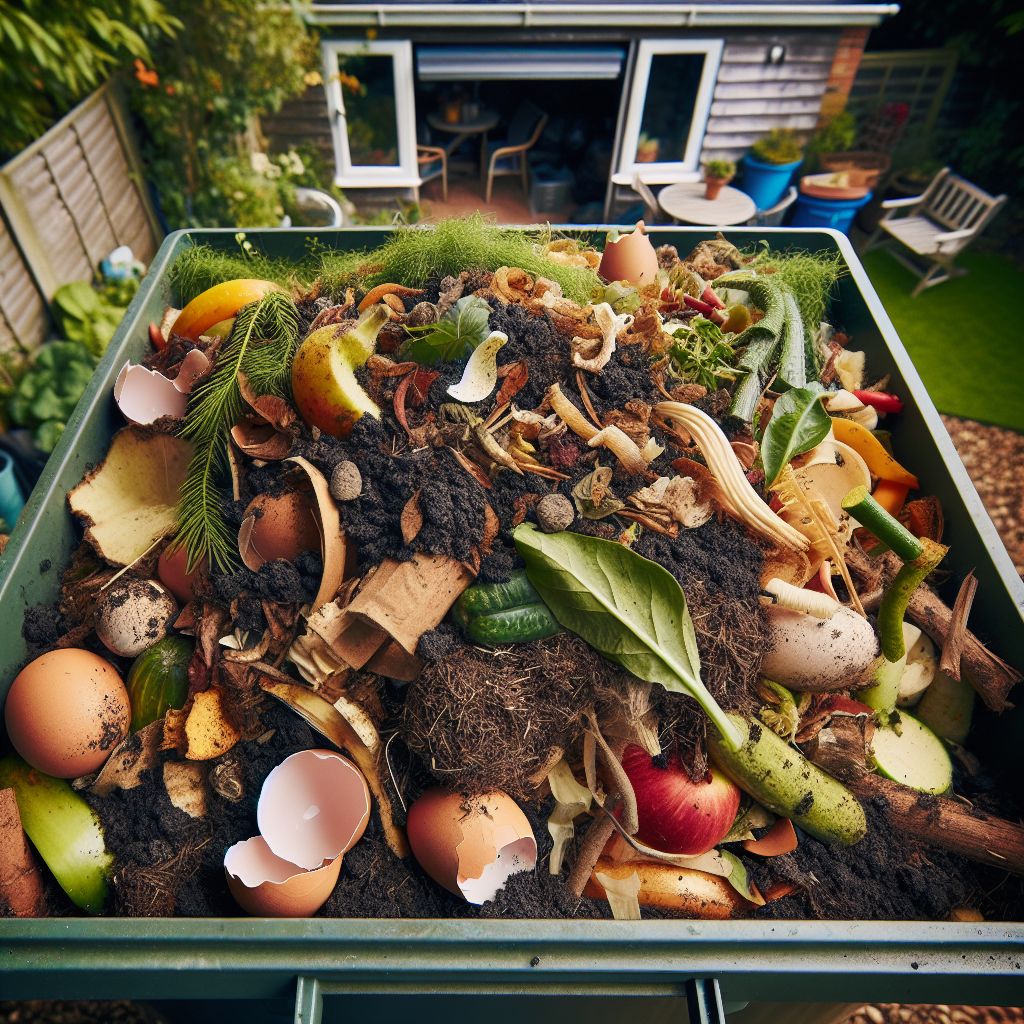
Key Takeaways
Start your survival garden using cost-effective heirloom seeds.
Use companion planting to enhance growth and deter pests naturally.
Optimize your space with intensive gardening methods like square foot gardening.
Save money by creating your own DIY gardening tools and upcycling household items.
Collect rainwater and make your own compost to reduce the need for expensive resources.
Stretch Your Dollars in the Dirt
So you want to start a survival garden without breaking the bank? You’ve come to the right place. I’m here to show you that with a bit of ingenuity and elbow grease, you can cultivate a lush garden full of nutritious food, all while keeping your wallet happy. Let’s dig in and plant the seeds of a thriving garden that’s as economical as it is bountiful.
Start with Heirloom Seeds
Heirloom seeds are the treasure trove of the gardening world. These seeds have been passed down through generations, and they are open-pollinated, which means you can save the seeds from your plants and use them year after year. This is a huge money-saver because you won’t have to buy new seeds each season. Here’s how to get started:
Choose varieties that are known to perform well in your climate.
Buy in bulk or share packets with friends to spread the cost.
Store seeds properly to maintain their viability for future planting.
Remember, when you invest in heirloom seeds, you’re not just buying a product, you’re investing in a sustainable future for your garden.
Embrace Companion Planting
Companion planting is like matchmaking for your garden. Certain plants, when grown together, can help each other thrive. They can deter pests, improve soil health, and even enhance the flavor of your produce. And the best part? It’s completely free. Here are some classic companion planting pairs:
Tomatoes and basil – the basil helps repel insects that would otherwise feast on your tomatoes.
Carrots and onions – the strong smell of onions deters carrot flies.
Beans and corn – beans fix nitrogen in the soil, which corn loves.
By strategically pairing your plants, you can reduce the need for chemical pesticides and fertilizers, keeping your garden organic and your expenses low. Discover more about overcoming common survival gardening setbacks to ensure your garden thrives.
Employ Intensive Gardening Methods
Space is often at a premium, but with intensive gardening techniques like square foot gardening, you can grow more in less space. This method involves dividing your garden into one-foot squares, with a specific number of plants in each square. This optimizes space and reduces waste. And since you’re using every inch of soil, you’ll need less water and fewer resources.
Here’s a quick guide to get you started with square foot gardening:
Plan your garden layout on a grid, assigning each plant a square.
Follow the recommended spacing guidelines to avoid overcrowding.
Rotate crops in each square to keep the soil healthy and reduce disease.
This approach not only maximizes yield but also minimizes costs, making it a win-win for budget-conscious gardeners.
Tools of the Thrifty Gardener

Now, let’s talk tools. Gardening doesn’t require fancy gadgets. In fact, you can make do with what you have on hand or what you can craft yourself. Here’s how to equip yourself without splurging:
DIY Gardening Tools
Before you rush out to buy new tools, look around your home for items that can be repurposed. An old spoon can become a seedling transplanter, and a broken rake can transform into a cultivator. If you do need to purchase tools, opt for quality over quantity; well-made tools will last longer and save you money in the long run.
Upcycling Household Items
Everyday items can find a second life in your garden. Plastic yogurt containers can become plant pots, and cardboard boxes can be laid out as weed-suppressing mulch. Keep an eye out for materials you can repurpose before they hit the recycling bin. It’s not just thrifty, it’s environmentally friendly.
Remember, a little creativity goes a long way in the garden. By repurposing and DIYing, you’ll not only cut costs, you’ll also add a personal touch to your gardening experience.
Continuing with the theme of thriftiness, let’s dive into the world of water conservation. As a gardener, water is one of your most precious resources, but it can also be one of your biggest expenses if you’re not careful. The goal is to keep your plants hydrated without making your wallet thirsty.
Most importantly, you want to use water that’s free. How? By harvesting what nature provides. With a few simple setups, you can collect rainwater and use it to irrigate your garden, reducing your reliance on tap water and lowering your water bill.
Setting Up a Rainwater Collection System
Collecting rainwater can be as simple or as complex as you want it to be. At its most basic, you can place barrels under your downspouts to catch water when it rains. If you want to get more advanced, you can install a rainwater catchment system with a larger storage tank and a filtration system. Either way, you’re capturing free water that’s perfect for watering your garden.
Here’s what you need to get started:
A barrel or a large container to collect the rainwater.
A mesh screen to keep out debris and insects.
A spigot or hose attachment for easy access to the water.
With these simple tools, you’ll be well on your way to a more sustainable and cost-effective garden.
Mastering Mulch: Save Water and Cash
Besides collecting rainwater, using mulch is another excellent way to conserve moisture in your garden. Mulch covers the soil, reducing evaporation and keeping the roots of your plants cooler on hot days. It also suppresses weeds, which means less competition for water and nutrients.
Here’s how to make the most of mulch:
Use organic materials like straw, wood chips, or leaves as mulch.
Apply a layer of mulch around your plants, but avoid piling it against the stems to prevent rot.
Replenish the mulch as needed throughout the growing season.
By using mulch, you’re not just saving water; you’re also creating a healthier environment for your plants.
Nature’s Bounty: Free Fertilizer Techniques

Now let’s talk about feeding your plants. Fertilizers can be expensive, but you can nourish your garden for free with a little know-how. Creating your own compost and compost tea are two methods that will enrich your soil without costing you a dime.
Create Your Own Compost
Composting is nature’s way of recycling. By composting your kitchen scraps, yard waste, and other organic materials, you can create a rich soil amendment that’s better than anything you could buy at the store. Plus, it’s free.
Here’s a simple guide to starting your compost pile:
Choose a spot in your yard for the compost pile or bin.
Add a mix of green materials (like kitchen scraps) and brown materials (like dried leaves).
Keep the pile moist and turn it regularly to speed up the decomposition process.
Once the compost is dark and crumbly, it’s ready to use in your garden.
Compost not only improves soil structure but also provides a steady supply of nutrients to your plants, all while reducing waste.
Brewing a Compost Tea
If you want to give your plants a quick nutrient boost, try brewing compost tea. This liquid gold is made by steeping compost in water, and it’s a potent, fast-acting fertilizer that plants love.
To make compost tea, follow these steps:
Fill a bucket with water and add a scoop of compost.
Let it sit for a few days, stirring occasionally.
Strain the liquid and use it to water your plants or as a foliar spray.
Compost tea is an excellent way to make the nutrients in your compost more immediately available to your plants.
By employing these water-wise and fertilizer-free techniques, you’re not just cultivating a garden; you’re cultivating resilience and self-sufficiency. And the best part? You’re doing it all on a budget.
Nurturing a green thumb doesn’t have to mean spending a lot of green. In fact, by being resourceful and strategic, you can grow a bountiful survival garden on a shoestring budget. Let’s explore some final tips to ensure your garden thrives economically.
Propagate Plants for Free
Why buy new plants when you can propagate your own? Many plants can be easily multiplied from cuttings, divisions, or seeds. For instance, herbs like basil and mint can be propagated from stem cuttings, while vegetables like potatoes can be grown from pieces of the tuber. This not only saves you money but also allows you to share plants with others, which leads to our next point.
Trade and Barter with Fellow Gardeners
One of the oldest forms of commerce, bartering, can be a gardener’s best friend. Connect with local gardening groups or neighbors and swap seeds, plants, and even your harvest. Not only will this save you money, but it also fosters community and can lead to valuable gardening friendships and advice.
FAQ
What Are the Best Crops for a Budget Survival Garden?
The best crops for a budget survival garden are those that are easy to grow, yield a high amount of produce, and can be stored for long periods. Think potatoes, beans, squash, and leafy greens. These staples are not only nutritious but also give you more bang for your buck.
Potatoes: Hearty and filling, they can be stored for months in a cool, dark place.
Beans: Both bush and pole varieties are prolific producers and can be dried for long-term storage.
Squash: Winter varieties like butternut and acorn squash can be stored throughout the winter.
Leafy Greens: Kale and Swiss chard are easy to grow and can be harvested multiple times throughout the season.
How Can I Minimize Pest Damage Without Expensive Chemicals?
To minimize pest damage without resorting to costly chemicals, focus on prevention. Plant pest-resistant varieties, encourage beneficial insects by planting a diverse range of flowers, and use physical barriers like row covers. Regularly inspect your plants and handpick pests when necessary. Natural remedies like neem oil or insecticidal soap can also be effective and are less expensive than commercial pesticides.
Can I Really Save Money by Collecting Rainwater?
Absolutely! Collecting rainwater can significantly reduce your water bill, and it’s better for your plants because it’s free of chlorine and other chemicals found in tap water. Just make sure to check your local regulations, as some areas have restrictions on rainwater harvesting.
By setting up a simple barrel system, you can capture rainwater from your roof and use it to water your garden. Over time, the savings will add up, and your plants will thrive on this natural resource.
What Household Items Can Be Upcycled for Gardening Use?
There’s a treasure trove of gardening tools and containers waiting to be discovered in your home. Old tires can be turned into planters, plastic bottles into watering cans, and egg cartons into seed starters. Look around and get creative – your next garden tool might just be a kitchen utensil away.
Are There Techniques for Extending the Growing Season on a Budget?
Yes, there are budget-friendly ways to extend your growing season. Use plastic sheeting to create a simple greenhouse effect, or build cold frames out of old windows. These methods can give you a head start in the spring and keep your garden producing longer into the fall.
In conclusion, starting and maintaining a survival garden doesn’t have to be an expensive endeavor. With these tips and techniques, you can grow a lush, productive garden while practicing economical self-sufficiency. And remember, the most valuable resource in your garden isn’t money – it’s the time and care you invest in it.
Ready to turn your green dreams into a reality? Visit Survival Essentials to explore a collection of heirloom seeds that will help you create a thriving survival garden without overspending. Start growing your self-sufficient future today!







Leave a Reply